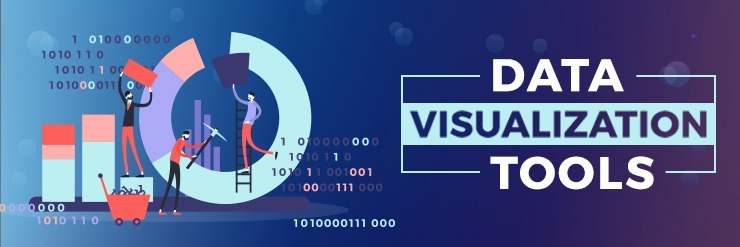Part 1: How to Build a Web Application?
1. Decide for a Website or a Web App
You need first to decide whether you need a website or a web app for your business. For this, you need to understand the difference between website and web app.
What is a Website?
A website is a set of static web pages that is not interactive for the users.
What is Web Application?
A web app is a set of web pages that is interactive. It allows us to bring in additional information and retains input from the user on a server or in a larger-scale database. To read more about Web Apps and the difference between a website and web application, read this.
Some people may confuse a web app with a mobile app. A mobile app, on the other hand, is a program developed for mobile devices and supported to be downloaded from an app store.
2. Choose a Language
The selection of language depends on the type of website or web application you want to build. If you’re going to make a static website with some content, you can only use HTML for the structure & CSS for some styling, but if you want a dynamic web app, you have to use JavaScript (JS) or any JS library like JQuery, etc.

The purpose of using a language is to tell the browser about what to do with the information that a user or API is providing. There are multiple languages you can choose for building a website like Ruby, Python, JS, .Net, PHP, etc. Java Script is a powerful language, as it is a full-stack language. For instance, it can be used at both client (user’s browser) and server-side (what stores the info in a database).
3. Choose a Text Editor
There are several text editors you can use to write your code. It provides multiple features that make coding easy, for instance, syntax highlighting, project-wide code search and replace, code snippets, and more. Choose the one that is easy to use for the developer. Some commonly used text editors are:
- Atom
- Sublime Text
- Webstorm
- Visual Studio (one of the most favorite and preferred Text editor for developers).

4. Choose a Framework
Just like language, selection of frameworks also depends on the type of website you want to build. It is basically the structure or skeleton of your web app, decides the architecture & helps in maintaining the app. Frameworks also come with built-in structures. The common JS frameworks are JQuery, React, Angular etc.
5. Choose a Version Control
Version Control System is used to save your code in iterations/versions, gives you a snapshot of your code on various points throughout the development process. It gives you the facility to revert back your code if you ever need to. Moreover, Source code host is an online platform that allows you to share your code with others so that a group of people can work on the same project. Some popular version control systems are Git, GitLab , bitBucket etc
6. What’s More?
You can always make changes to the product you have developed, a change that brings improvement. You can refactor the code and can organize CSS. With time, you can make the features of your web app better and improved.
Working on software development requires flexibility. Your client may ask you to make changes. So, you can meet your client after you launch a minimum viable product (MVP) and discuss the features you can add to the web app.

Part 2: How To Market a Web App
The web app development process requires a lot of effort and time. When is the development process over, what next? Of course, you want people to know your product and use them. But, who are those people? If they actually exist, how do you find them?
1. Identify Your Audience
A successful launch of a product requires listening to your potential users and then responding and improving on users’ feedback. Throughout the development process, you must have envisioned your audience. Now the time’s arrived to go out and find them. You can analyze your audience by performing keyword research and social keywords that suit your business and help you connect with potential users and experts in that specific field. You can use Ahref and different social media monitoring tools to perform keyword research.
Moreover, you can avail of an opportunity by asking compelling questions. So, you may learn from convincing answers! Quora is an interesting social Question and answers community. It can serve you as a reliable source for referral traffic and potential leads.
2. Ask your Friends And Family to Review
You can ask your friends and family to try out your product and ask them for their reviews. To get more people resp0ond to your request, you need to make them feel that their feedback is valuable. What you can do is to write a personalized message for them or send them a hand-written postcard for reviewing your product. Collecting data on these initial users is a much-needed element and work as strengthing the foundation for your web application development success.
3. Use the Data
If you want to discover how people are responding to your product, you can take interviews. Moreover, you can perform surveys to strengthen your process. A popular tool to conduct a free survey is Typeform.
Along with conducting interviews and surveys, you should passively watch how users interact with your web application. Every bit of data that you collect using analytical tools indicates something about what your customers needs and desires.
4. Launch your Web App
Social media has become a major source of interaction with the audience locally and all around the world. With social media and online community, you can make more people aware of your web app. Buffer and Hootsuite are popular tools that help marketers to manage several social media platforms with a single tool. It saves your time by allowing you to schedule posts at times when people are most active.

However, make sure you do not rush to make a change with your social presence. It’s always better to make your place with significant efforts each day. Moreover, the language and content you choose for your social sharing must directly reflect on your brand and potential audience.
On a safe hand, every time you look at the research, you will the process easier and more productive. The collected data and information will provide you with awareness on ways to optimize your web app for the projecting market that may use it the most.









